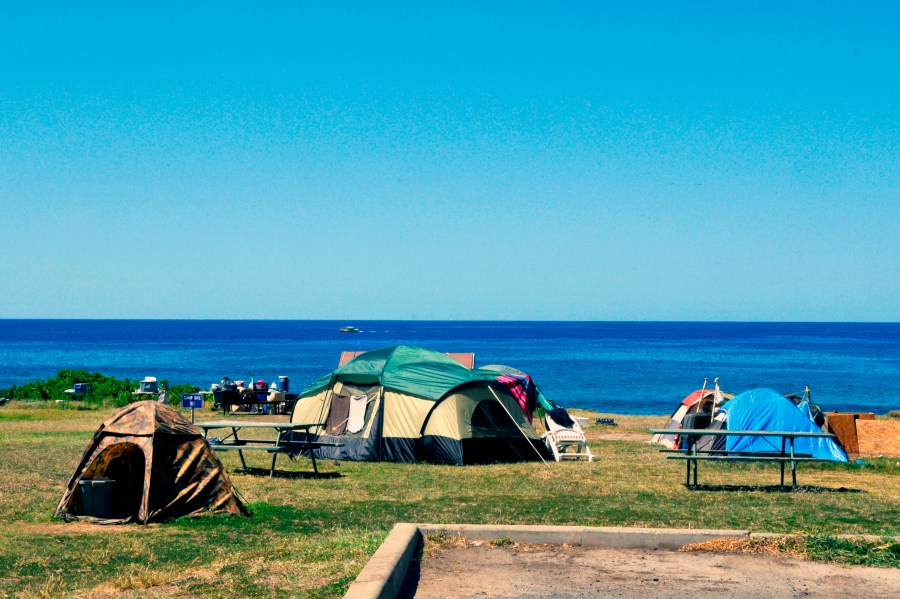HONOLULU (KHON2) — In an insightful talk story session, Jade Butay, the director of the Department of Labor and Industrial Relations (DLIR) in Hawaiʻi, shared the state’s efforts to address the growing number of working unsheltered individuals and the broader issue of affordable housing.
Butay, who took office on Dec. 5, 2022, under Governor Josh Green’s administration, emphasized the critical link between housing affordability and workforce development.
“Everyone knows the state needs more affordable housing,” Butay began, highlighting the pressing issue of rising home prices driven by outside investors. He pointed out that Hawaiʻi’s workforce, essential to the local economy, struggles with the high cost of living, exacerbated by a lack of affordable housing.
This situation has led to a significant homelessness problem, with Hawaiʻi experiencing the fourth highest per capita homelessness rate in the United States. Butay noted that many individuals are temporarily homeless due to economic distress, while others, fully employed, still find it challenging to secure permanent, affordable housing.
To address this, Gov. Green has initiated the construction of Kauhale across the state, a project aimed at providing extremely affordable housing to those in need. “The goal is to create communities where monthly rents are approximately $500 per household per month or 30% of household income,” Butay explained.
These developments, termed opportunity or bridge housing, are intended to offer a sustainable solution to the housing crisis.
DLIR is also actively involved in helping the unsheltered through job training opportunities and resources aimed at reintegrating them into the workforce. Butay stressed the importance of these efforts, saying, “We need everybody to work.”
He described various programs, such as the Senior Community Service Employment Program (SCSEP), which offers job training to low-income individuals aged 55 and older, and the Work Opportunity Tax Credit (WOTC), a federal incentive for employers to hire individuals from targeted groups facing employment barriers.
The impact of the recent Maui fires has further complicated the situation, displacing many residents and exacerbating homelessness. In response, DLIR secured a $21 million National Dislocated Worker Grant from the U.S. Department of Labor to provide disaster relief employment and training activities.
“More than 16,000 people in Maui filed for unemployment,” Butay revealed, highlighting the widespread impact on the community.
Butay also mentioned the role of American Job Centers on each island, which offer job search assistance and training to upgrade skills, ensuring that all job seekers, including those categorized as ALICE (Asset Limited, Income Constrained, Employed), have access to necessary resources.
He expressed pride in the comprehensive support system DLIR has developed, noting, “We’re doing what we can to deal with the housing issue.”
KHON2.com’s conversation also touched on the broader issue of the working unsheltered in Hawaiʻi. Butay clarified that this has been an ongoing issue, largely due to the high value of land in the state.
“In Hawaiʻi, seventy-five percent of the value of a property is the land,” he said, comparing it to 25% on the mainland. This significant cost difference underscores the long-standing nature of the housing affordability crisis in Hawaiʻi.
Looking ahead, Butay emphasized the need for continued efforts to provide information and resources to Hawaiʻi’s residents, enabling them to make informed decisions. “We want to make sure that people have the information so that they can make the right or proper decision,” he concluded.
Butay shed light on the complex interplay between housing affordability and workforce development in Hawaiʻi, underscoring the state’s multifaceted approach to addressing these critical issues.
Through innovative housing projects and robust employment programs, Hawaiʻi aims to support its most vulnerable residents and build a more resilient and inclusive economy.
